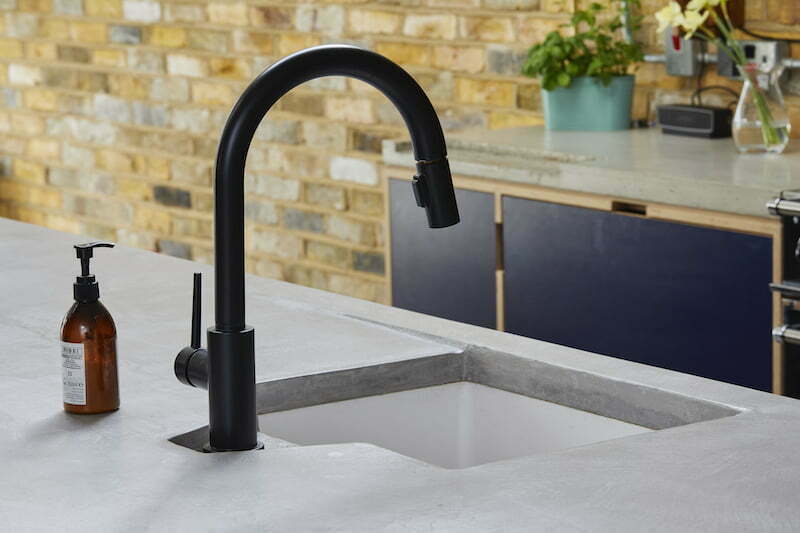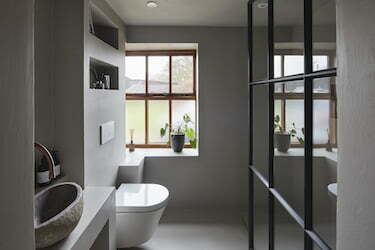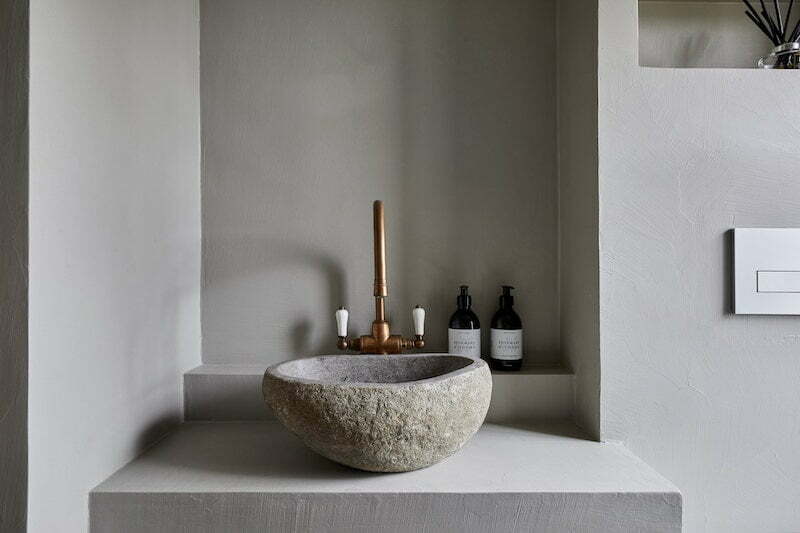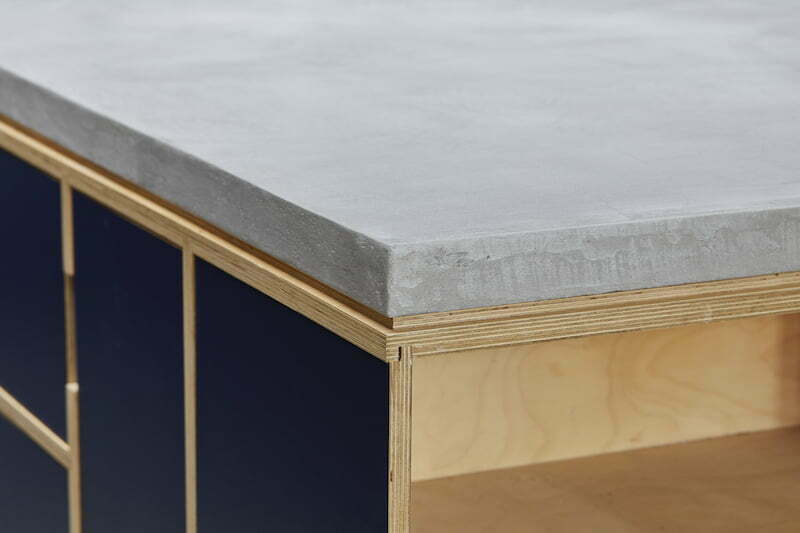WHAT IS MICROCEMENT?
Microcement is a decorative cement-based coating that can be used to create a unique finish on the floors and walls of your home. Microcement is often associated with commercial construction and the industrial aesthetic. When microcement is used in residential properties, the crisp edges, neutral tones, and seamless quality of microcement on surfaces creates a stylish, modern finish for the interior.
HOW VERSATILE IS MICROCEMENT?
The beauty of microcement is that it is an incredibly versatile material, giving it many practical and stylistic advantages over other materials. Not only can microcement products be applied as a coating for many different surfaces, but it can also be altered to achieve the desired finish and colour.
A mixture of cement, water-based resins and mineral pigments, microcement can be tinted to a wide range of colours. Cool greys can be used to create an industrial aesthetic, whilst warmer tones make for a relaxed summer style. Using different techniques to apply the microcement, we can also achieve a variety of finishes, from matt to satin to gloss.
Once you have chosen your microcement finish and colour, the microcement is hand applied to floors, walls, stairs, and countertops, before it is left to dry. As microcement is applied the concrete has free rein to spread across every square metre of the surface and can coat a wider range of materials and spaces. The cement is applied in a few layers, building up the thickness and resistance of the concrete, as the material is slowly layered up over time. To fully protect and waterproof microcement, it is sealed with several coats of varnish for longevity.
WHAT ARE THE ADVANTAGES TO USING MICROCEMENT RATHER THAN POLISHED CONCRETE?
Microcement is also a fantastic alternative to polished concrete. Whilst both materials have a similar industrial finish, and are both hardwearing and crack-resistant, microcement is far more versatile than polished concrete. The main different between microcement and polished concrete, is that polished concrete is applied in a layer with a greater thickness than microcement. With a wider variation of colours, different finishes and thinner layers, microcement is a far more versatile material for surfaces than polished concrete.
WHERE CAN YOU USE MICROCEMENT IN YOUR HOME?
Microcement can be used as a finish all over the home, as it is a suitable material to cover all sizes of surfaces, and can also be used to cover existing materials. Not only is microcement a stylish surface option, but the concrete also has some practical elements too. The beauty of microcement is that it is both durable and attractive in workspaces and homes, and that microcement is hard wearing enough to be used on both floors and walls. From microcement walls to microcement floors, there are many advantages to using this material in the design of your home.
“Carl microcemented two shower enclosures and a cloakroom floor for us. He did a brilliant job and we’re absolutely thrilled with the results. He was always on time, polite, professional and friendly. We can totally recommend his skills and enthusiasm!”
MICROCEMENT FLOORS AND WALLS
Microcement floors are a popular choice over tiles or wood, as the seamless finish of the concrete mixture flooring creates a unique industrial look. With thin layers coating the surface, microcement is a durable material and does not crack, making it perfect for floors that receive a high traffic of footfall. If you are considering installing underfloor heating in your home, a microcement floor is a is a highly suitable option.
Regretting your choice of flooring or looking for a contemporary update from the wood or tiles you originally installed in your home? Applied as a liquid, microcement is also a crafty material for covering over pre-existing floors, as it seamlessly glosses over a wide range of materials. Durable, crack-resistant and perfect for underfloor heating, a microcement floor is a wonderfully practical option, which can easily coat the existing surface without needing to remove the old surface before installation.
For bathrooms and wetrooms, the vast majority of us would usually decide to cover the floors and walls with waterproof tiles. Whilst this is a classic look, microcement provides a contemporary alternative to tiles which could become dated or chipped over time. Microcement is hardwearing and waterproof, and can be applied seamlessly in thin layers across many different surfaces. Applied in a thin layer over a wall, microcement would be a great alternative to a kitchen splash-back or tiles in bathrooms.
USING MICROCEMENT PRODUCTS TO DECORATE
Not only can microcement products be applied over floors and walls, but it can also be for decorative purposes. Use microcement on the tops of stairs or as coatings for countertops. Applying microcement carefully enough, you could even coat furniture. Crack-resistant and durable, microcement is very resistant to the general wear and tear on these surfaces. For more info on how you can use microcement to decorate, take a look at our ‘Decorating with Microcement’ blog.
CONTACT US FOR A QUOTE






